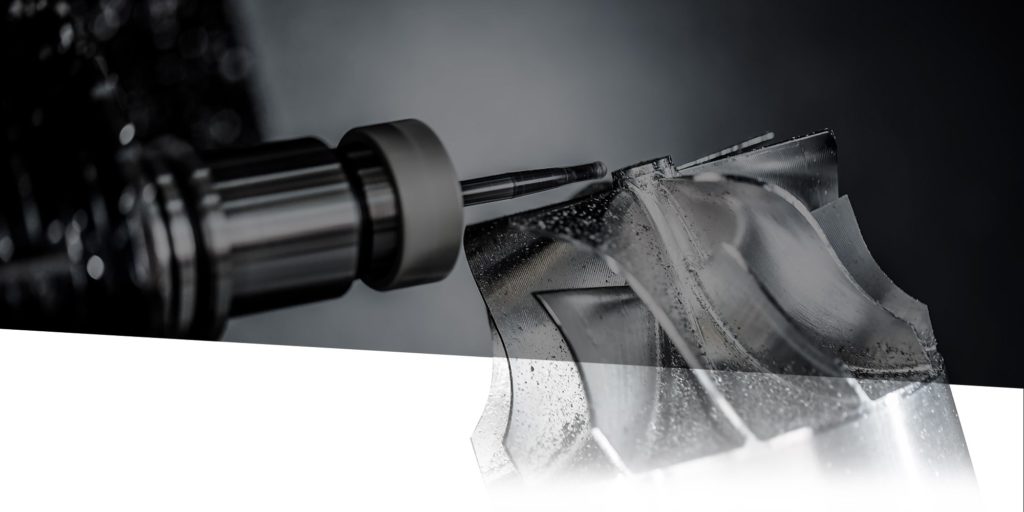-
Unnecessary Machining
A common mistake when designing parts is designing unnecessary features to machine. Such unnecessary machining adds to your run time and final production cost. There are many approaches that may be a neat addition to your machine visually, but add significant run time to machine away the remaining material. Instead, eliminate the need for additional, wasteful machining of excess material altogether. You could save yourself a lot of machine time. Keep your design simple to avoid extra run time, pointless machining—and added cost.
-
Detailed Texts
Your parts may require a milled serial number, an inscription, or a distinct company logo. Although, adding text also adds cost. The smaller the text, the higher the cost. This is due to the relatively slower speed the very small end mills that cut the text operate at, increasing run time on your part and therefore your final cost. Cutting larger text goes significantly faster if your part can accommodate it, reducing your cost.
-
Tall, Thin Walls
In general, wall features on part designs are tricky. Various cutting tools are made of hard, rigid materials such as tungsten carbide and high-speed steel. These tools can deflect or bend slightly at machining forces, as does the material they’re cutting; this can result in complications like a rippled surface or difficulty meeting part tolerances. The wall also could chip, bend, or break. The taller your wall, the thicker it may need to be to increase the rigidity of the material. Thin walls of 0.020 in. (0.508mm) or less are subject to breaking during machining and may flex or warp afterwards. Try not to design walls too thick as the cutting tool usually is spinning at 10,000 to 15,000 rpm. A reliable rule of thumb for walls is a width-to-height ratio of 3:1. Adding some draft to a wall—an angle of 1, 2, or 3 degrees so that it tapers rather than standing vertical—could also make a big difference.
-
Unneeded Small Pocket Features
Some parts incorporate square corners or small internal corner pockets to reduce overall weight or to accept other pieces of an assembly. Internal, 90-degree corners and small pockets, however, are too small for our larger cutting tools. Creating those means picking away at the corner material with smaller and smaller tools. This could mean you’d have to use 6-8 different cutting tools. All of those tool changes drive up run time— and you guessed it—your project’s cost. To avoid this, first determine how critical the pockets really are. If they are there only to reduce weight, revisit your design to avoid paying to machine material that doesn’t need to be cut.
-
Switching Processes
Over the end-to-end production cycle of a product, different manufacturing technologies may be used to create early-stage prototypes, mechanical prototypes and end-use parts. For example, 3D printing may be used for the conceptual prototype of a part, and CNC machining may be used for production.
A common mistake made by designers is a failure to adequately plan for this transition between technologies during the design stage. If a 3D printed prototype is required, it may be necessary to abandon certain CNC design rules in favor of additive-friendly practices.


